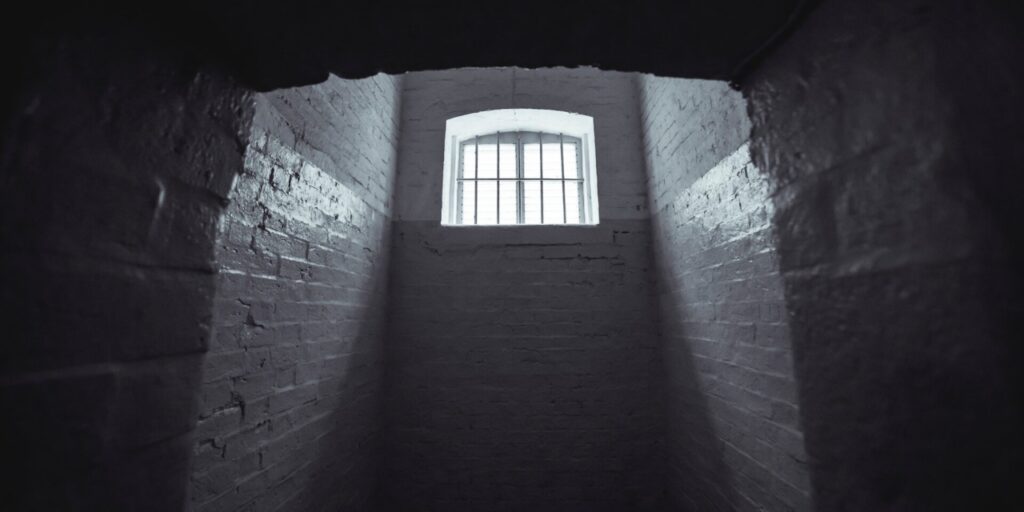- The difference between a divorce and an annulment - April 15, 2024
- Hidden costs to be aware of when buying a house - April 3, 2024
- The rules about legally transporting a firearm in Canada - April 1, 2024
By LegalMatters Staff • There was widespread outrage in June when the public learned that schoolgirl-killer Paul Bernardo had been transferred to a medium-security prison in Quebec.
The reasons behind that decision have not been made public, and the move is being reviewed by Corrections Canada.
Bernardo was given a life sentence with no parole eligibility for 25 years in 1995. He was also declared a dangerous offender, meaning that he could be kept in prison indefinitely, possibly to the end of his life.
Both maximum- and medium-security prisons are secure, with high walls topped with razor wire. The main difference for inmates is the freedom of movement, access to prison work and educational programming.
While some question why Bernardo is receiving even the smallest amount of leeway from our corrections system, Ottawa criminal lawyer Céline Dostaler says they should consider the broader picture.
“Anyone incarcerated in Canada needs to know there is a chance their living conditions will get better if they take steps to rehabilitate,” says Dostaler. “After all, they have to have some hope that if they abide by the rules and take steps to reform, their prison conditions will improve.”
When assessing the Bernardo prison transfer, she advises people to look at it rationally, not emotionally.
“Judges strive to find an appropriate punishment to fit the crime while keeping the focus on rehabilitation and deterring others from committing similar crimes,” Dostaler says. “We want to make sure that when people go into custody, they have tools to rehabilitate. Otherwise, offenders will re-offend and society will pay the price.”
Even with the prison transfer, Bernardo is still deprived of most of the basic freedoms we enjoy, she says.
“He, and all others behind bars, need a ray of hope that their situation will change if they make appropriate efforts,” Dostaler adds.

